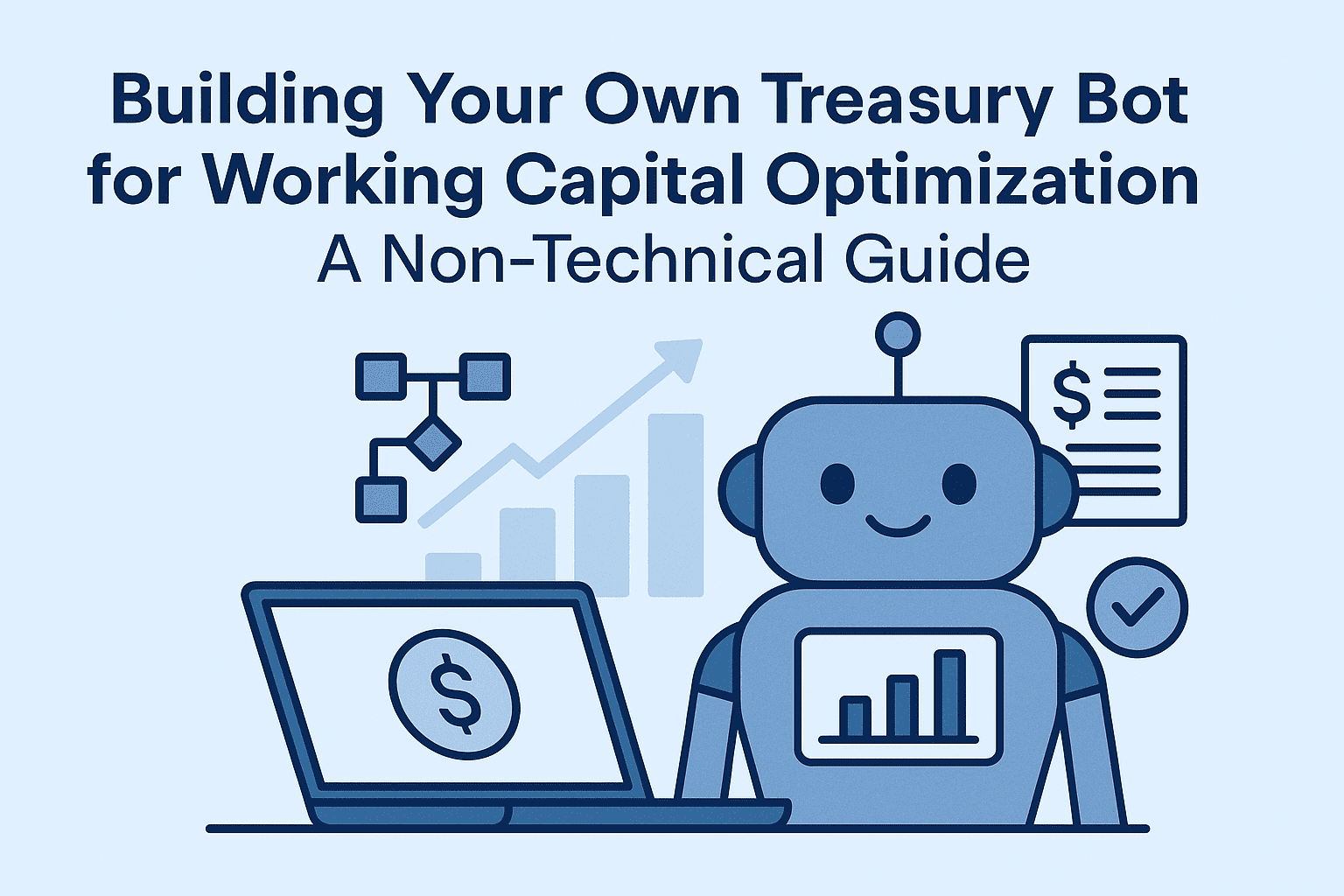In today’s fast-paced business environment, static pricing models often fall short in responding to rapidly changing market conditions. These rigid systems fail to consider real-time factors such as demand fluctuations, foreign exchange (FX) volatility, or the cost of capital. The result? Missed opportunities, reduced profitability, and weakened competitive positioning.
The Problem with Static Pricing
Static pricing models are typically set based on historical data or cost-plus approaches, which do not account for:
- Market Dynamics: Sudden shifts in demand or competitive pricing adjustments.
- Foreign Exchange Volatility: For businesses engaged in international trade, currency fluctuations can significantly impact profitability.
- Cost of Capital: Treasury departments often calculate the cost of financing goods or services, yet this is rarely integrated into sales pricing strategies.
These limitations can lead to prices that are either too high to attract customers or too low to maintain profitability.
The Solution: A Dynamic Pricing Engine
A dynamic pricing engine is a sophisticated tool that integrates treasury’s financial insights with sales pricing strategies. By leveraging real-time data and predictive analytics, this engine enables businesses to set optimal prices that reflect current market conditions and treasury considerations.
Key Features of a Dynamic Pricing Engine:
- Real-Time Market Data Integration
- Monitors demand patterns, competitor pricing, and market trends.
- Treasury Inputs
- Incorporates FX rates, cost of capital, and liquidity constraints into pricing algorithms.
- Predictive Analytics
- Forecasts market trends and adjusts pricing strategies proactively.
- Customizable Rules
- Allows businesses to set thresholds, such as minimum margins or maximum discounts.
How Treasury Plays a Role
Treasury departments hold critical data that can enhance the effectiveness of a dynamic pricing engine:
- Cost of Capital: Integrating the weighted average cost of capital (WACC) ensures that pricing decisions cover financing costs and contribute to profitability.
- FX Rates: For businesses with cross-border transactions, treasury’s FX hedging data can be factored into pricing to minimize currency risk.
- Liquidity Insights: Treasury can provide visibility into cash flow constraints, helping prioritize sales efforts for products or services with better cash conversion cycles.
Benefits of a Dynamic Pricing Engine
- Maximized Revenue: By aligning prices with market demand and financial metrics, businesses can capture more value.
- Improved Margins: Ensures that all costs, including treasury inputs, are factored into pricing strategies.
- Enhanced Agility: Enables businesses to respond quickly to changing market conditions, maintaining a competitive edge.
- Risk Mitigation: Reduces exposure to FX volatility and financing costs through integrated treasury data.
Building the Tool: A Dynamic Pricing Engine Framework
Here’s how businesses can implement a dynamic pricing engine:
- Data Collection
- Integrate systems to pull real-time data from ERP systems, treasury management systems (TMS), and external market sources.
- Algorithm Development
- Use AI/ML techniques to develop pricing algorithms that consider both sales and treasury inputs.
- Dashboard Interface
- Build a user-friendly dashboard for sales teams to access recommended prices and insights.
- Automation
- Automate price updates in customer-facing platforms such as e-commerce websites or CRM systems.
- Continuous Optimization
- Monitor performance metrics and refine algorithms based on results.
Example Tool: A Treasury-Integrated Pricing Calculator
To help you get started, here’s an outline for a basic tool:
- Inputs:
- Cost of goods sold (COGS)
- FX rate
- Weighted average cost of capital (WACC)
- Competitor pricing
- Demand elasticity
- Outputs:
- Optimal price per unit
- Minimum margin
- Suggested price adjustments for different market scenarios
This tool can be built using a combination of Excel, Power BI, or even custom software platforms like PowerApps or Tableau.
Conclusion
Incorporating a dynamic pricing engine into your sales strategy is no longer a luxury but a necessity in today’s volatile markets. By integrating treasury insights—such as FX rates and cost of capital—you can ensure that pricing decisions are both market-driven and financially sound. Take the first step toward smarter pricing today, and unlock the potential of your sales strategy.








Leave a Comment
You must be logged in to post a comment.